The myth of perfect posture
Greg Lehman is a physiotherapist, chiropractor and strength and conditioning specialist treating musculoskeletal disorders within a biopsychosocial model. I believe you sincerely have to give it to the guy. Rarely will you find that an individual becomes proficient in two health care professions. He is also a researcher as he has published more than twenty peer-reviewed papers in the manual therapy and exercise biomechanics field.
Self admittedly, Dr. Lehman has a strong biomechanics background yet he can appreciate the neuroscience aspect of the musculoskeletal disorders that subjects present with.
This begin said, he and many other practitioners have, I believe, a skewed perception of what is known of posture today. When they choose to address the question, things can get quite interesting.
This blog post will address some of the misconceptions about the notion of posture, as brought forward by Dr. Lehman.
About high-level runners
Dr. Lehman brings up the notion that some criticize the running pattern of some top athletes, as it seems to be that they over-pronate. I understand that pronation is a naturally occurring phenomenon and I have to admit that I would not know what over-pronation actually is.
About dead lifting heavy
Dr. Lehman brings up the fact that the first athlete to dead lift his bodyweight 5 times has a scoliosis. The idea that some would promote is that a scoliosis could get in the way of optimal performance. That being said, would you not think it could be interesting to see what this same gentleman could accomplish if he did not have scoliosis? Dare I say that there is a possibility that he could be even better, even if he, at some point, was the best?
Do we even know how well this athlete is doing today? Do we know if he is in a state of chronic pain… or not?
To proclaim that a certain way of doing things can’t be so bad because it represented the best performance, at some point in time is, I believe, short sighted.
About Paralympics athletes
It’s easy to see that Paralympics athletes accomplish phenomenal feats. And it’s easy for Dr. Lehman to say that, based on this reality; the body is obviously a phenomenal adaptation machine. I can agree with this and, yes, thankfully, the body can adapt. But what about if, for the same motor objective, the body could spend less energy and, on a neuroscience standpoint, create less noise? Would that not be suitable? Can we not agree that, for a specific motor task, there is a more economical way of moving? Why would we not work towards creating this scenario, even if the body can adapt?
When does posture matter and when it does not… as much
Dr. Lehman bring up that posture is more important with activities where high load are present. In this case, as he states, a dynamic knee valgus can injure the ACL and cause it to fail. He goes on to state that, for patello-femoral syndrome, posture is not as important. How interesting that I have noticed that, over the last 10 years, in the vast majority where such a diagnostic was pronounced, it happened to be on the side where the pelvis tilts. Is it a coincidence? Can the tilt of the pelvis force adaptation of the lower extremity under load? Can it be that this pathology develops over time whereas a postural imbalance also develops over time?
About sitting “posture”
Dr. Lehman, like many others, speaks of the sitting posture. A lot can be said about how to sit and if there is a good or a bad way to sit. That being said, to posturologists, sitting is positional and actually has nothing to do with posture, which is a reflection of basal tone. Our experience shows us than an improvement in basal tone, as illustrated by optimization of postural landmarks in the three planes of space, allows us to behave positional in ways where there is more freedom and liberty as well as less discomfort.
Postural interventions are not, whatsoever, in line with what is done in the context of clinical Posturology. Postural interventions are brought on by voluntary changes whereas posture is an involuntary motor act. And by modifying sensory input from feet and eyes, as it is done in Posturology, we create immediate changes in base tone that simply cannot be duplicated by asking individuals how to stand or move, for that matter.

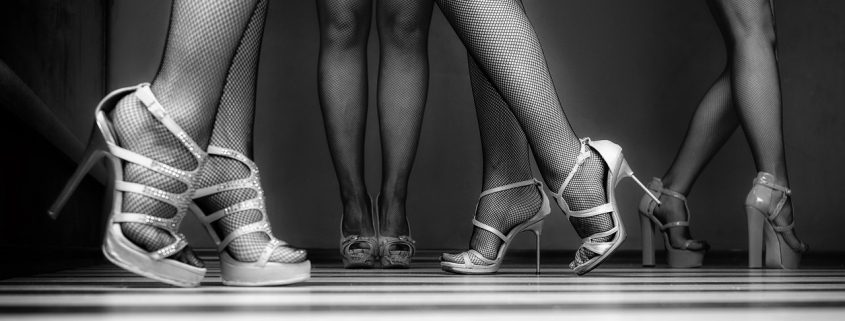
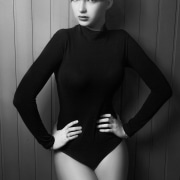
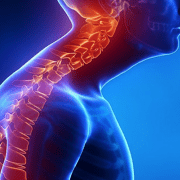




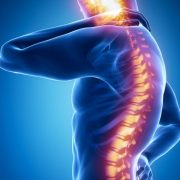
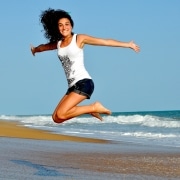
Leave a Reply